Go with the wind. Enjoy a traditional boat trip on the Kumano River-Sandanbo
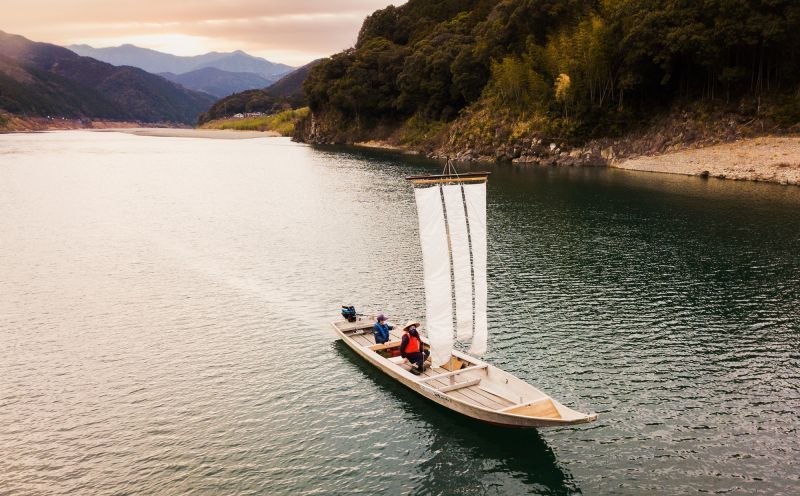
World Heritage Site, Kumano River
The land of Kumano, which occupies a large part of the Kii Peninsula, has been called the “land of the gods” and the “mysterious land” since ancient times. There are three shrines located around this area. The Kumano Hongu Taisha is situated upstream of the Kumano River, the Kumano Hayatama Taisha is near the mouth of the river, and the Kumano Nachi Taisha is further south. These three shrines are collectively called the "Kumano Sanzan" and are highly regarded by Japanese people.
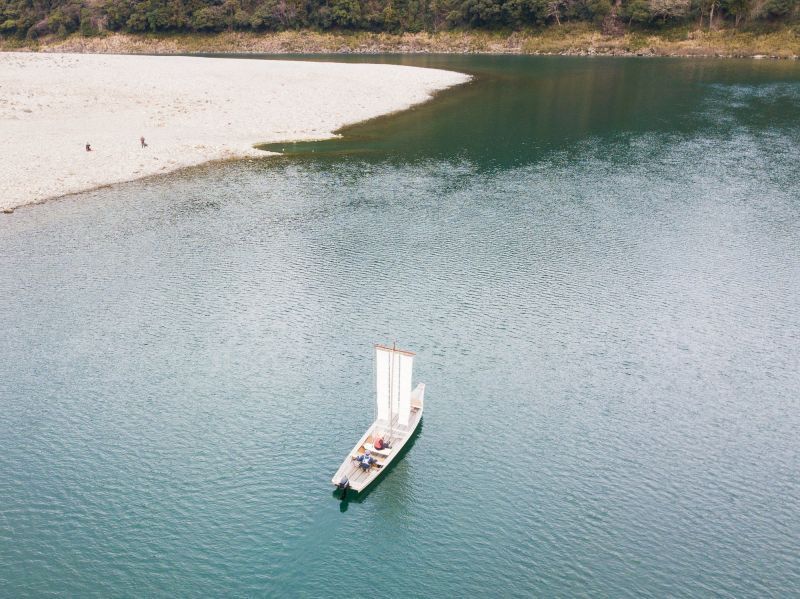
Written by Pete Leong
From the 10th century to the 13th century, the Kumano River was used as a pilgrimage route to the three Kumano shrines, and riverboats were widely used. In 2004, the Kumano River basin was registered as a World Heritage Site as the world's only "river pilgrimage route" (a component of the UNESCO World Cultural Heritage "Sacred Sites and Pilgrimage Routes on the Kii Peninsula").
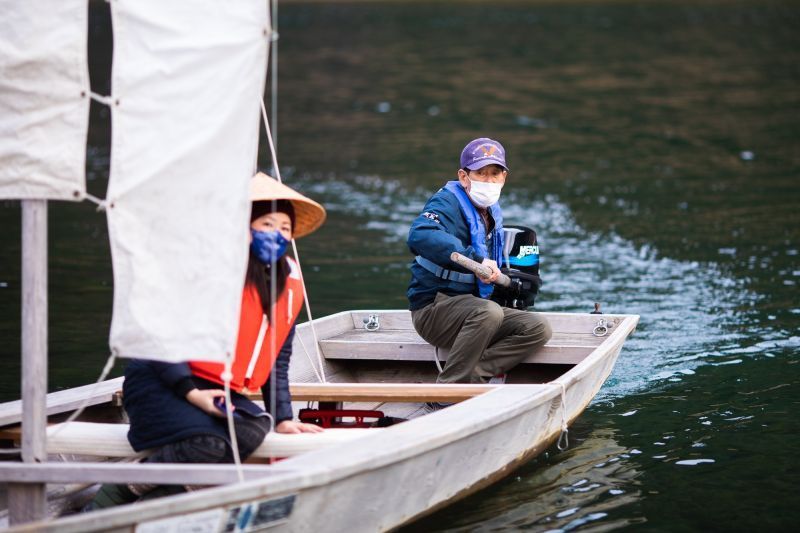
History of the Kumano River Boat Tour
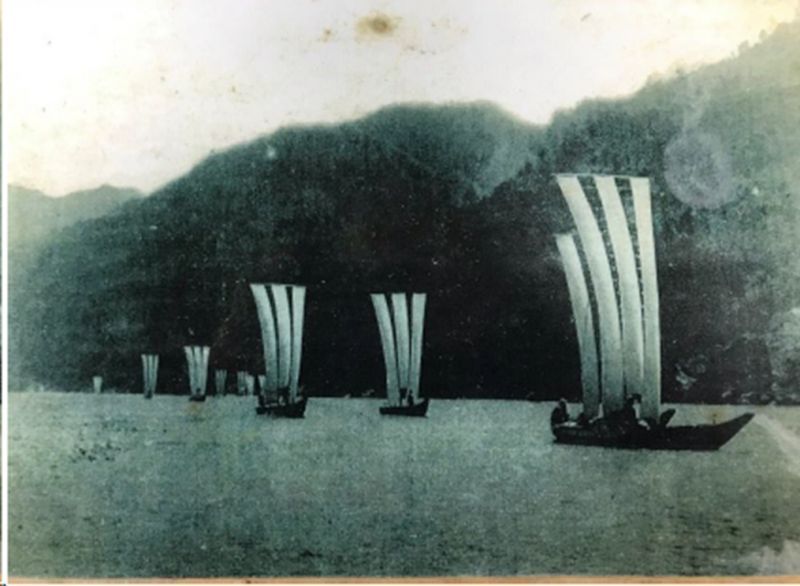
A row of Sandanbo boats (around the former part of the 20th century)
Originally, from the 10th to 13th centuries, the retired emperors who visited the Kumano Hongu Taisha Shrine went down the Kumano River by boat. Until the mid-1960s, almost every family had a boat, and the river was the main source of transportation for people, transporting daily commodities, moving people, and for fishing on the river. It was a busy stretch of water as there were many riverboats coming and going. Since then, however, roads on the land have been built and the role of transportation by boat has come to an end, and the culture of riverboats has all but died out.
What kind of boat is Sandanbo?
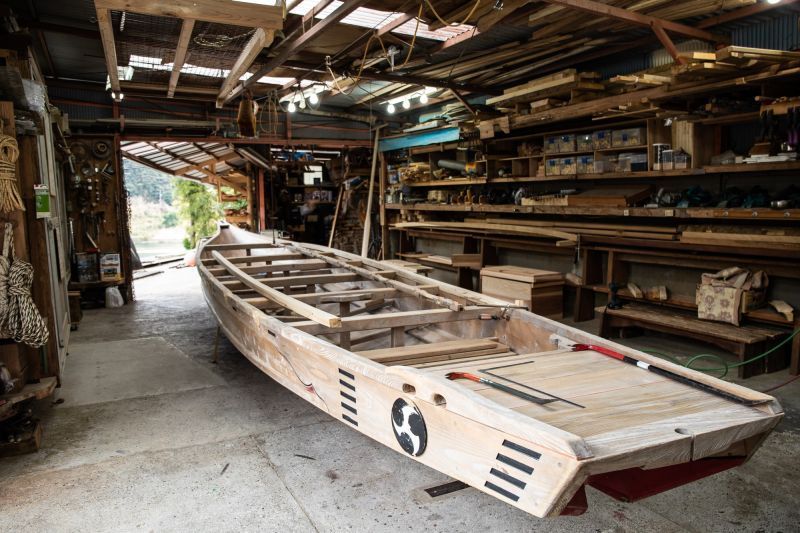
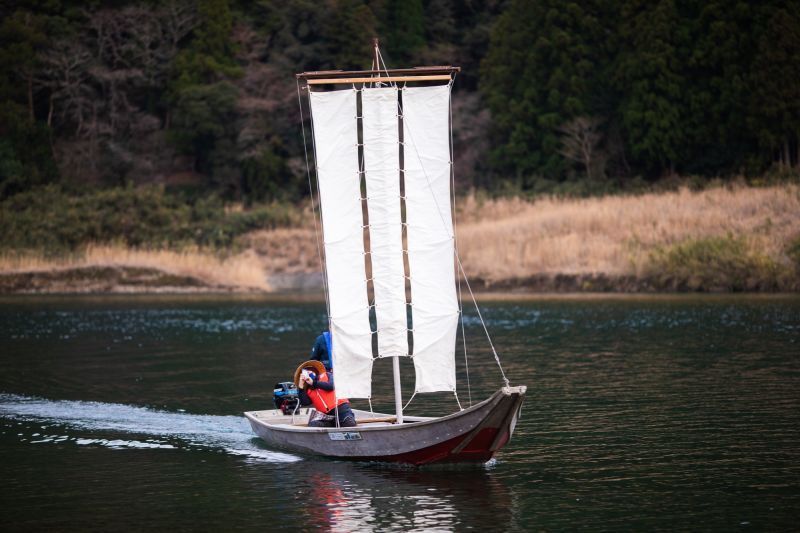
Let's get on the boat!
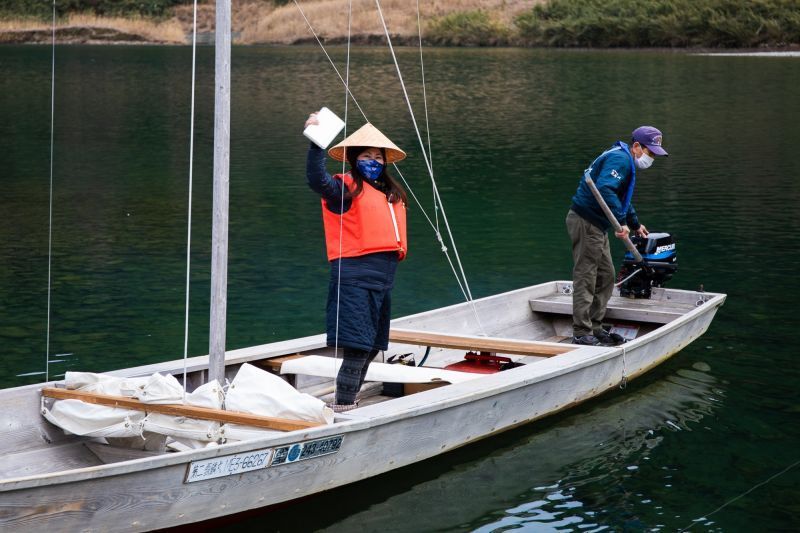
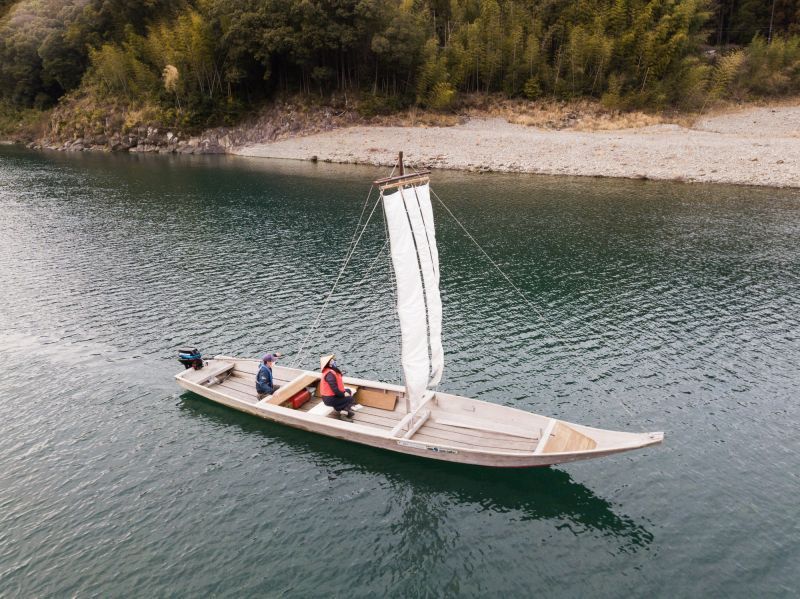

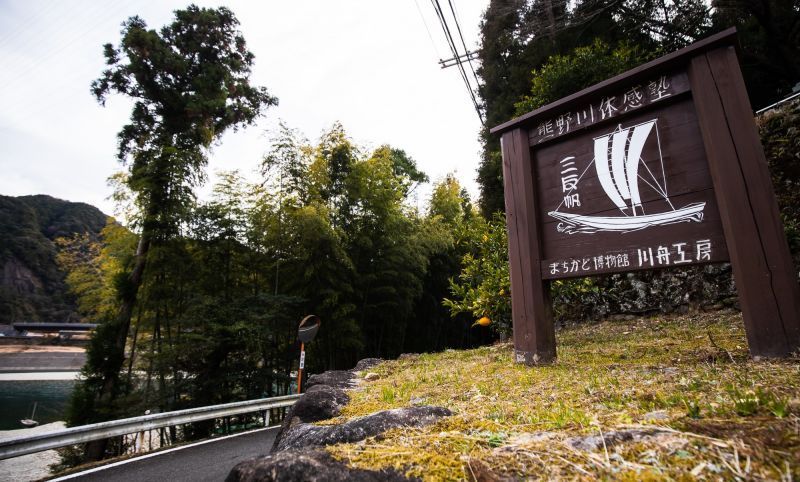
203 Kitahizue, Kiho Town, Minamimuro County
0735-21-0314(Kumanogawa-Taikanjuku)
https://www.za.ztv.ne.jp/w58yd3jb/
Reception hours: 9:00-17:00
Open: All year round (reservations required)
Fee: 9,000 yen (1 person) 4,500 yen/person (2 people) 3,500 yen/person (3 or more people)
Access: 15 min. by car from JR Shingu Station